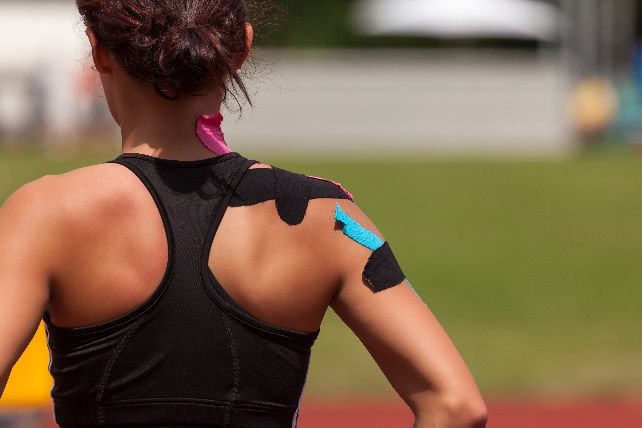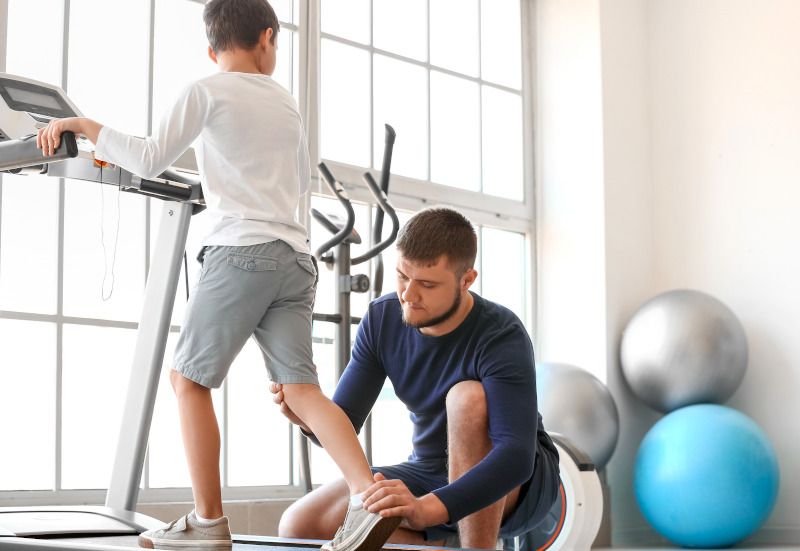Conditions we treat
How you can be helped
According to biokinetics’ scope of practice as listed by the Health Professions Council of Namibia, Biokineticists aim to promote physical ability and performance, prevent and rehabilitate certain medical ailments, do body composition analysis, wellness intervention and functional restoration in the following domains:
- Knee
- Ankle
- Shoulder
- Elbow
- Hip
- Wrist
- Spinal Column

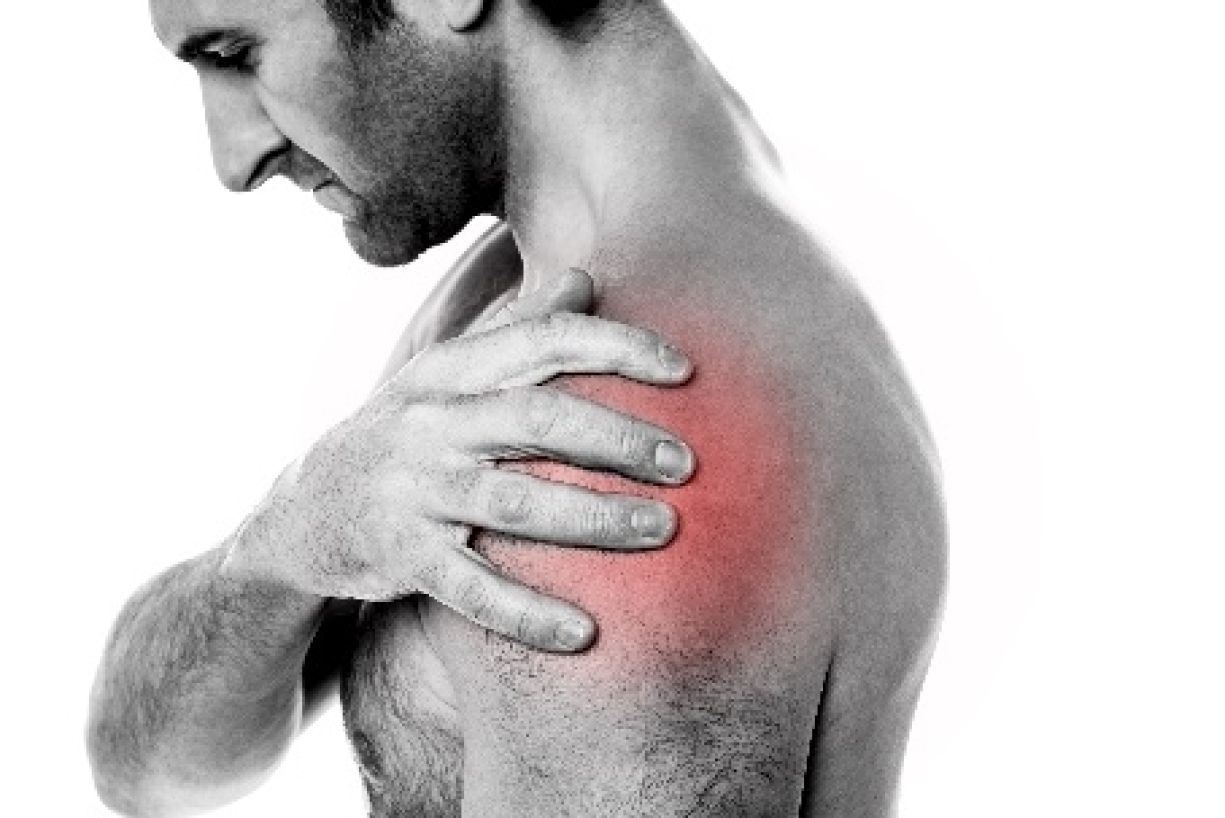
- Amputations
- Muscular/ligament strain
- Joint replacements
- Post operative ligament reconstruction
- Osteo-/rheumatoid arthritis
- Osteoporosis
- Cervical (upper back/neck) and lumbar (lower back) dysfunction
- Neurological problems
- Spinal cord injuries
- Stroke
Neuromuscular disorders fall under the broader category of neurological diseases, specifically impacting nerves that govern movement. These conditions can be either acquired over time or genetically inherited, and pinpointing a diagnosis can be intricate. Some notable neuromuscular disabilities include multiple sclerosis, post-polio syndrome, and Parkinson’s disease.
Resistance training has proven beneficial in enhancing motor function for individuals with conditions like cerebral palsy, muscular dystrophy, spinal cord injury, and stroke. A combination of resistance and aerobic exercises bolsters physical fitness, muscle strength, and overall functional performance. Additionally, consistent flexibility exercises play a crucial role in mitigating or preventing contractures, especially for those with muscular dystrophy, spinal cord injuries, and strokes.
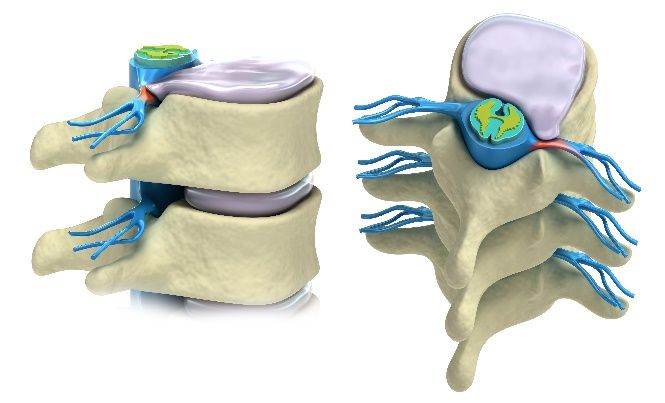

Cardiac rehabilitation is a tailored regimen combining exercise and education, aimed at aiding recovery following a heart attack, from other cardiac conditions, or post-surgery for heart-related issues. Particularly in Namibia, where there's a notable prevalence of cardiovascular morbidity, such rehabilitation programs are of paramount importance.
These programs are typically segmented into stages, each comprising supervised, gradually intensified exercises, coupled with support mechanisms to guide necessary lifestyle adaptations. The overarching objective of cardiac rehabilitation is to empower individuals to bounce back stronger, achieving peak physical functionality after their health challenges. By focusing on both physical recovery and preventive strategies, these programs serve as an essential cornerstone in heart health management in all regions of Namibia.

Endurance training stands as a cornerstone in the rehabilitation process for patients grappling with chronic pulmonary disease. The significance of this form of training cannot be overstated, as it directly contributes to enhancing a patient's day-to-day functional abilities. Effectively implemented, this mode of physical reconditioning not only bolsters stamina and overall health but also uplifts the individual's quality of life.
It's essential to act promptly, introducing endurance training as early as possible in the rehabilitation journey. Early intervention often correlates with more pronounced and lasting benefits, enabling patients to experience tangible improvements in their respiratory function and overall health.
To set the stage for effective exercise regimens, a multi-pronged approach is needed. First and foremost, it's crucial to fine-tune the mechanics of the respiratory system, ensuring patients can breathe efficiently and comfortably during workouts. Next, nutritional guidance plays a pivotal role. A balanced diet, rich in nutrients that support lung health and muscle endurance, is vital. This is complemented by psychological support, helping patients navigate the emotional and mental challenges that often accompany chronic conditions.
The design of the exercise program should be meticulous. It should lean heavily on scientifically-backed aerobic exercise prescriptions, which consider the fundamental principles of how the human body reacts to physical activity. Simultaneously, it's imperative to account for the unique pathophysiological constraints each patient might have. This personalized approach ensures that exercise plans are both challenging and safe. By identifying and adhering to safety thresholds, patients can push their boundaries without compromising their well-being, maximizing the benefits of their rehabilitation journey.
- Hypertension (Elevated Blood Pressure)
- Diabetes - Type 1 & 2
- Elevated cholesterol levels
- Obesity
- Stress and Depression

According to the Mental Health Foundation, engaging in physical activity can enhance your mental wellness. Physical activity refers to any movement that engages your muscles and expends more energy than when you're at rest.
Exercise, a type of physical activity, entails organized or methodical workouts. Activities like weightlifting, participating in aerobics or bootcamps, and being part of a sports team are considered exercises.
Studies indicate that when you're physically active, your brain releases specific chemicals called endorphins and these are the very chemicals that elevate mood, enhance energy levels, boost self-esteem, sharpen concentration, and regulate sleep patterns.
Engaging in exercise can be a fantastic opportunity to socialize and meet new friends. Moreover, it provides a welcome respite from the hustle and bustle of everyday chores, allowing you to center on personal health and rejuvenation.
Embracing an active lifestyle can bolster feelings of self-value and amplify self-confidence.

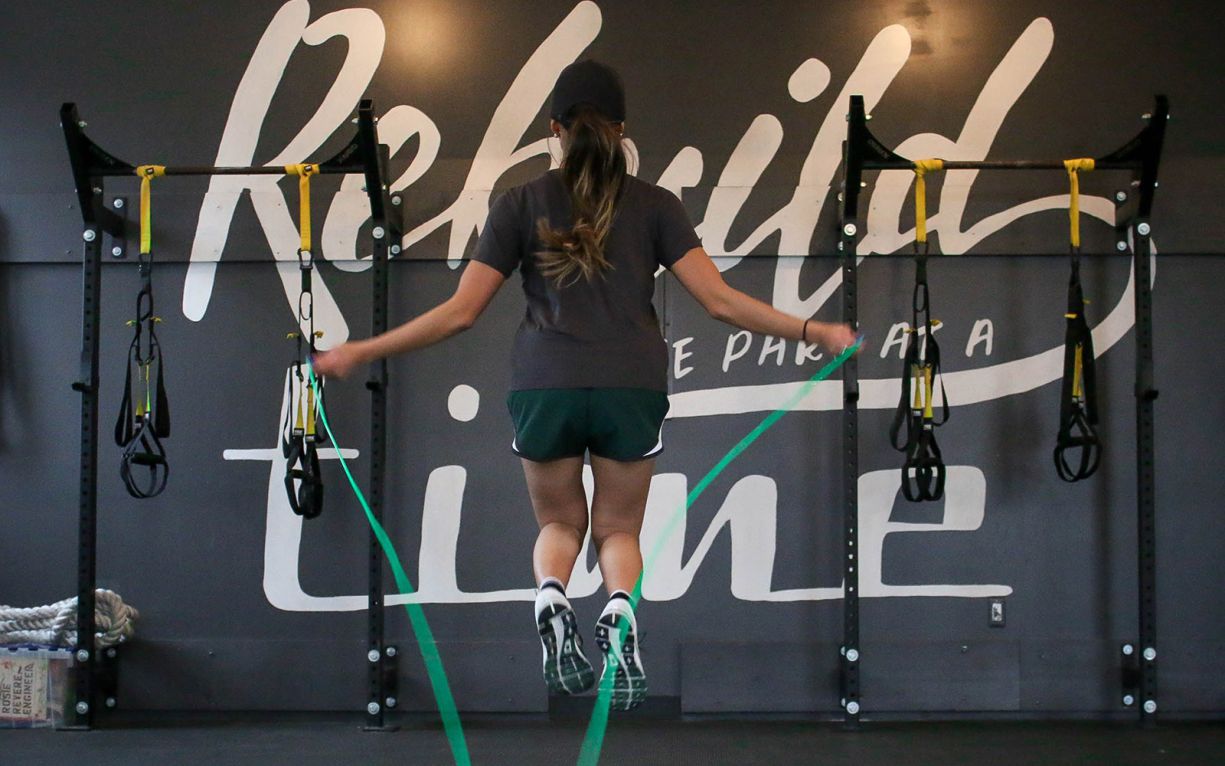
A few psychological benefits of exercising
- less tension, stress and mental fatigue
- natural energy boosts
- improved sleep
- a sense of achievement
- focus in life and motivation
- less anger, frustration or feelings of depression
- better social life – having fun
Exercise and Depression
Depression is a prevalent condition that can be severely disabling, marked by feelings of sadness, diminished interest or joy, and sentiments of guilt or low self-esteem. It can also present with altered sleep patterns, difficulty concentrating, changes in appetite, or consistent weariness. These depressive symptoms can stand alone, coincide with chronic diseases such as diabetes, or arise after a sustained injury. Notably, major depression links with a heightened risk of premature death, largely attributed to cardiometabolic disorders.
Regular engagement in physical activity or exercise, even in minimal amounts, tends to reduce the likelihood of depressive symptoms and future bouts of depression. Exercise positively impacts depressive signs and, for some, might be as effective as certain psychological or medicinal treatments. Additionally, consistent physical activity serves as a proven method for weight regulation, optimizing diabetes management, and mitigating the cardiovascular risks frequently associated with mental ailments, including depression.
Optimal health and efficiency management are pivotal in the modern corporate landscape. Emerging research consistently highlights a direct correlation between healthier staff and improved financial outcomes. This has driven corporations to introduce Workplace Health Programs (WHP). With health-care expenses surging, cutting into profit margins, it's becoming evident that WHPs will be vital for cost-management, particularly in small to medium-sized businesses. Key risk factors typically addressed include:
- Elevated Cholesterol levels
- Smoking habits
- Raised blood pressure
- Excessive body fat or obesity
- Inadequate physical activity
- Stress levels

Corporate wellness initiatives aim to delineate a company’s overall health framework. Comprehensive health evaluations of both management and the general staff are undertaken to gauge health conditions, potential risks, and prevailing lifestyle patterns. Together with dietary analyses, this data forms a solid foundation for effective wellness strategies.
Biokineticists collaborate within a diverse professional team, tailoring the program to a company's unique needs. The objective is crafting the most suitable strategies, ensuring the peak health and productivity of all employees.
High Performance:
Assessment in the form of team or individual performance testing is used to gage the level of fitness, skill, agility, speed, power etc. Intervention programs are then developed to improve elements that tested below the norm or that needs to be specifically improved for optimal performance in a specific sport.
Sport science is employed as discipline that studies the application of scientific principles and techniques with the aim of improving sporting performance.Lorem ipsum dolor sit amet, consetetur sadipscing elitr, sed invidunt ut labore et doloreChildhood Obesity
Kinesio Taping:
What Does Kinesio Taping Do?
Kinesio Taping gives support and stability to your joints and muscles without affecting circulation and range of motion. It can be used preventative, for maintenance, for edema control and for pain management. Kinesio Taping is a technique based on the body's own natural healing process. Taping exhibits its efficacy through the activation of neurological and circulatory systems. Muscles are not only attributed to the movements of the body but also control the circulation of venous and lymph flows, body temperature, etc. Therefore, the failure of the muscles to function properly induce various kinds of symptoms.
Consequently, so much attention was given to the importance of muscle function that the idea of treating the muscles in order to activate the body's own healing process came about. Using an elastic tape, it was discovered that muscles and other tissues could be helped by outside assistance. Employment of Kinesio Taping creates a totally new approach to treating nerves, muscles, and organs.
Physical Selection
The aim is to reduces the risk of injury to employees in order to create a healthier workforce with less absenteeism. Employers are then able to measure the workers suitability for a specific task.
Ergonomics is also considered part of physical selection and focuses on the office worker. It is defined as the science of designing the job, equipment, and workplace to fit the worker. Proper ergonomic design is necessary to prevent repetitive strain injuries, which can develop over time and can lead to long-term disability. Ergonomics involves workstation set-up and design, body posture evaluation and prevention of computer-related injuries and more. Ergonomics is employed to fulfill the two goals of health and productivity.







